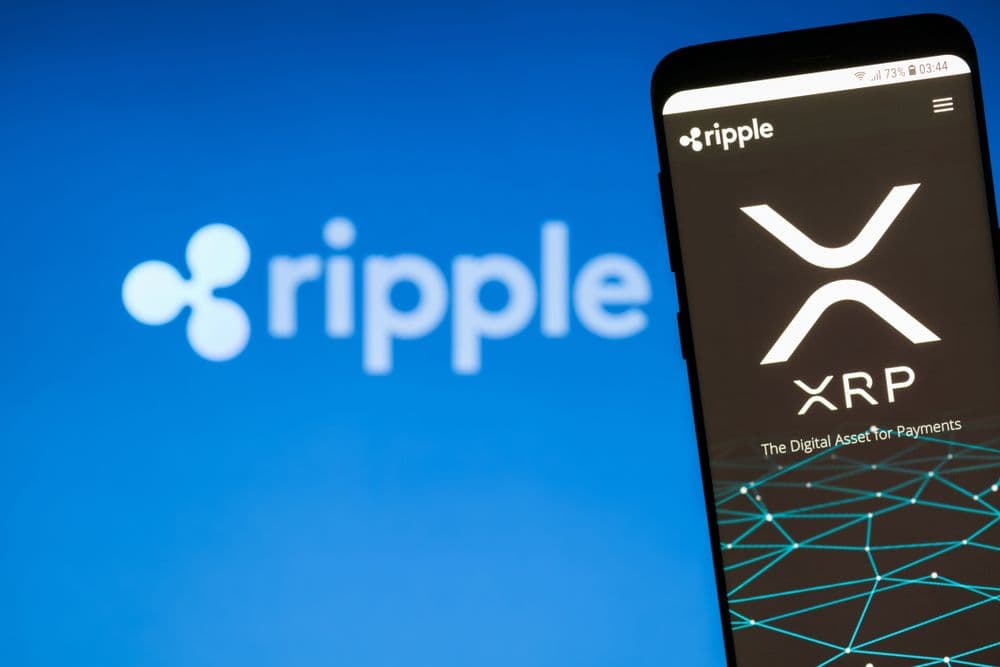XRP achieves key milestones that are both deflationary and expansionary in nature. As of recent reports, the total XRP tokens permanently destroyed through transaction fees have reached nearly 14 million, underscoring the network's commitment to long-term sustainability and efficiency.
This deflationary mechanism, while still modest in scale, plays a vital role in enhancing the utility and security of XRP, further reinforcing its relevance within the broader cryptocurrency ecosystem.
According to XRPscan, the XRP Ledger has permanently burned 13,985,106 XRP to date, a figure that continues to rise with each transaction processed on the network. While this number may seem small compared to XRP’s total supply of 100 billion, it is a critical component of the XRP network’s design. XRP's burn mechanism differs from traditional token burns that are often driven by buybacks, marketing initiatives, or other company actions. Instead, XRP is burned naturally as part of every transaction that occurs on the XRP Ledger.
This transaction fee-based burn system serves several important purposes. First, it helps prevent network spam by increasing the cost of irrelevant or malicious transactions. Second, it enhances the efficiency of the network by lowering the overall supply of XRP over time. The gradual reduction in circulating supply acts as a deflationary force, which could become increasingly important as the network scales and becomes more widely adopted.
The burn rate has become a key talking point among XRP advocates, with many highlighting its potential to provide long-term value by creating a more efficient and secure ecosystem. Additionally, it adds an interesting dynamic to the economic model of XRP, which contrasts with inflationary tokens that see their supply continuously increasing.
USDC and Real-World Assets
In parallel with the ongoing burn mechanism, XRP Ledger is also undergoing significant expansions with the introduction of new use cases. The recent XRPL Apex community event provided significant announcements regarding the future of XRP and its growing integration with decentralized finance and the broader financial ecosystem.
One of the most notable developments is the integration of USDC, the world’s leading regulated stablecoin, into the XRP Ledger. This addition allows developers and businesses to leverage USDC for a variety of use cases, such as payments, liquidity provision, and DeFi applications. The inclusion of USDC, which is pegged to the U.S. dollar, offers stability and opens up new possibilities for cross-chain transactions on the XRP network.
USDC’s integration on XRPL is a crucial move that solidifies XRP Ledger's standing as a relevant blockchain for DeFi. With the stablecoin adoption steadily rising, the ability to use USDC for seamless cross-border transactions, lending, and other financial services is expected to drive further adoption of the XRP network.
This represents a major leap for the XRPL ecosystem, as it expands beyond just XRP and into a broader range of decentralized finance services.
Tokenized U.S. Treasuries: Ondo Finance on XRPL
Another major development is the launch of Ondo Finance’s tokenized U.S. Treasuries fund on the XRP Ledger. This marks a significant milestone in the tokenization of real-world assets within the XRP ecosystem. Ondo Finance’s introduction of tokenized U.S.
Treasuries on XRPL brings traditional financial instruments into the world of decentralized finance, enabling users to mint and redeem OUSG through Ripple’s enterprise-grade stablecoin, RLUSD.
The ability to tokenize U.S. Treasuries, which are regarded as one of the safest assets in the financial markets, opens up new avenues for institutional adoption on the XRP network. This step toward integrating RWAs signals growing confidence in XRPL's capabilities to host high-value financial products and serves as a testament to the blockchain’s scalability and security.
The adoption of tokenized real-world assets has the potential to reshape the financial landscape by enabling greater liquidity, transparency, and efficiency. XRP Ledger's support for these assets further reinforces its position as a hub for innovative financial services, especially as traditional finance continues to explore blockchain-based solutions.
XRP’s Price Action and Market Impact
Despite the exciting developments within the XRP Ledger ecosystem, the price of XRP has not been immune to the broader market volatility. As of the time of writing, XRP is trading at $2.19, down nearly 48% from its all-time high. The token has experienced both short-term recoveries and longer-term downturns, reflecting the ongoing fluctuations within the cryptocurrency market.
However, these developments around the XRP Ledger’s ecosystem expansion could provide a much-needed catalyst for future price growth. While XRP has recently struggled with market pullbacks, it is important to note that XRP remains a significant player in the cryptocurrency market. The combination of its deflationary burn mechanism, the integration of USDC, and the introduction of tokenized RWAs creates a more robust and diversified ecosystem for XRP.
The focus on expanding liquidity through stablecoin adoption and the introduction of traditional financial assets like U.S. Treasuries could eventually help XRP gain further institutional traction. These moves toward integrating decentralized finance with traditional financial assets are likely to contribute to XRP’s long-term growth.
Despite its deflationary mechanisms and growing ecosystem, XRP has yet to break free from broader market trends, which have seen a significant pullback in crypto prices following a surge in the past year. Nonetheless, the current market landscape presents a unique opportunity for the adoption of blockchain technologies in traditional finance, and XRP's position as a player in this space is steadily strengthening.
Additionally, the expanding ecosystem and rising institutional interest in XRPL’s capabilities provide a solid foundation for long-term value creation. As more institutions explore tokenized assets and DeFi solutions, XRP could stand to benefit from increased adoption, especially as the network continues to introduce new use cases and bridge traditional financial products with blockchain technology.

